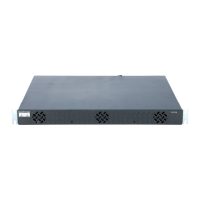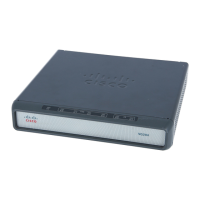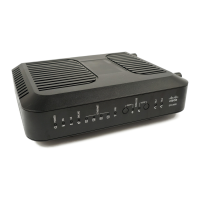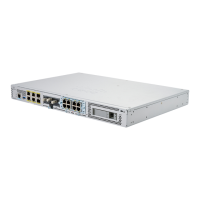Basic Configuration Using the Command-Line Interface
Testing Asynchronous Shell Connections
35
Cisco AS5350XM and Cisco AS5400XM Universal Gateways Software Configuration Guide
Step 1 Optimize IP routing functions in global configuration mode:
AS5400(config)# ip subnet-zero
AS5400(config)# no ip source-route
AS5400(config)# ip classless
AS5400(config)# ip domain-lookup
Table 7 describes the commands in the example.
Step 2 In global configuration mode, enter domain-name service commands to support EXEC shell users:
AS5400(config)# ip host mymap 172.22.53.101
AS5400(config)# ip domain-name mydomain.com
AS5400(config)# ip name-server 172.22.11.10
AS5400(config)# ip name-server 172.22.11.11
Table 8 describes the commands in the example.
Testing Asynchronous Shell Connections
This task verifies that the following components are working:
• The physical asynchronous data path
Table 7 IP Routing Commands
Command Purpose
ip subnet-zero
Specifies that 172.22.0.0 is a legal subnet.
no ip source-route
Tightens security by ensuring that IP-header
packets cannot define their own paths through the
gateway.
ip classless
Tightens security by ensuring that IP-header
packets cannot define their own paths through the
gateway.
ip domain-lookup
Enables IP domain-name lookups.
Table 8 Domain-Name Commands
Command Purpose
ip host mymap 172.22.53.101
Creates a local name-to-address map. When the
gateway is not entered in a DNS server, this map is
useful.
ip domain-name mydomain.com
Tells the gateway how to qualify DNS lookups. In
this example, mydomain.com is appended to the
end of each looked-up name.
ip name-server 172.22.11.10
ip name-server 172.22.12.11
Specifies the primary and secondary name servers.
The ip name-server command is used for
mapping names to IP addresses.
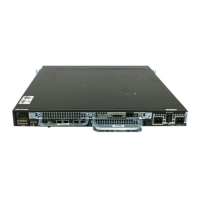
